So what's going on here? It's likely a part of a meteor shower going on that has a reputation for putting on quite a show around Halloween every year. Every year in late October and early November, the earth passes through the dust of a comet named Comet Encke. One astronomy website described the shower this way: "Although a modest shower, the Taurids can surprise you with a flamboyant fireball or two!" A meteorologist with the National Weather Service told the San Gabriel Valley Tribune that's likely what us Southern Californians saw tonight.
Comment: Regardless of whether it was a stray meteor from the Taurids meteor shower or not, something is afoot out there. Fireball sightings are becoming the norm instead of the odd occurrence all around the BBM. Comets and The Horns of Moses
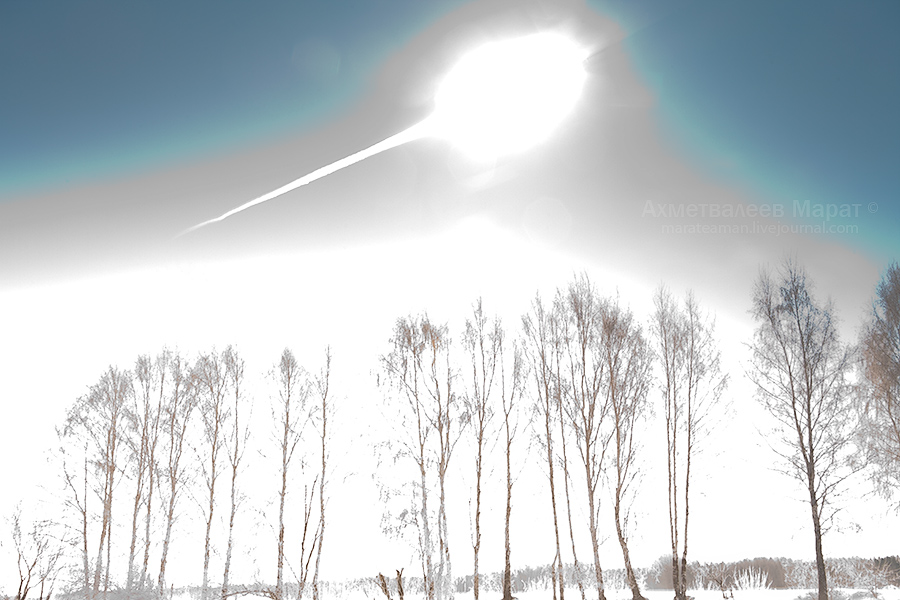
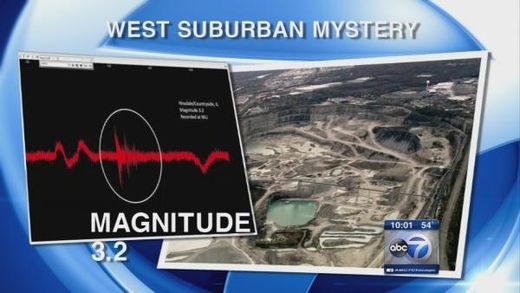
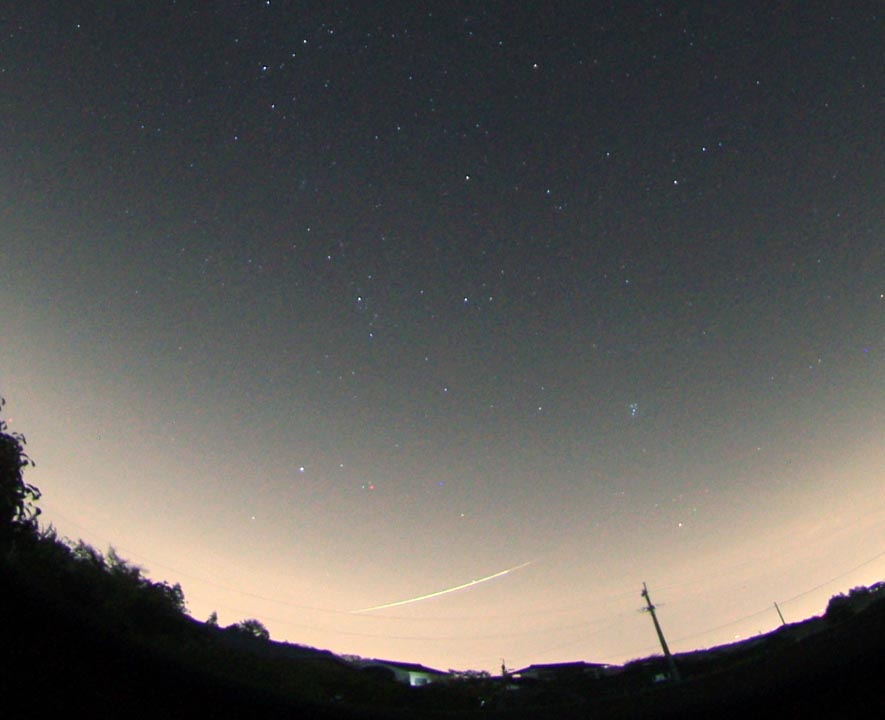
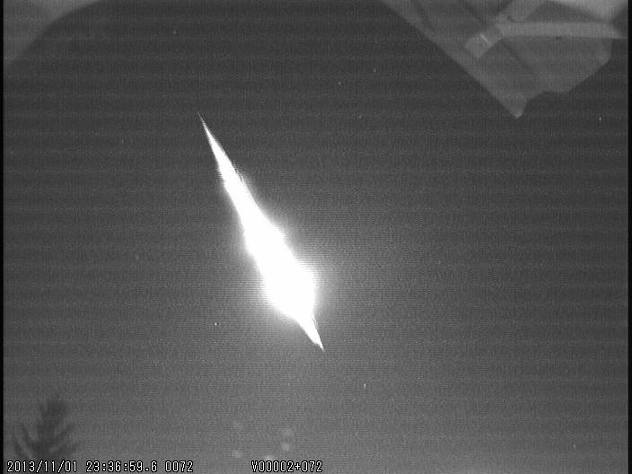
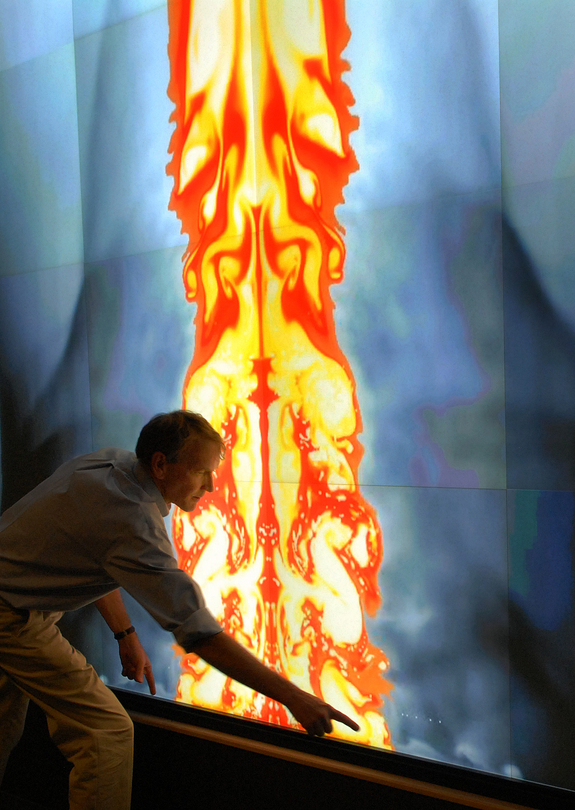

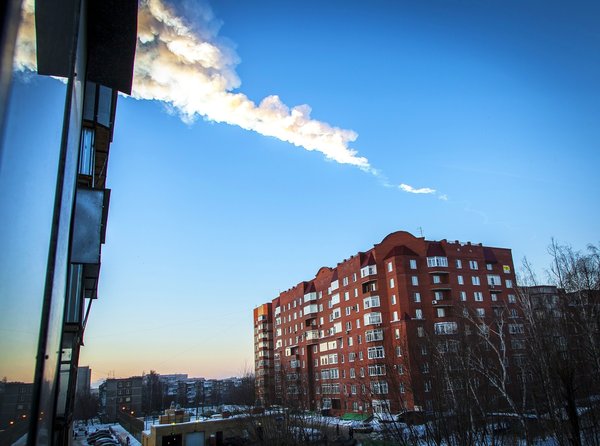
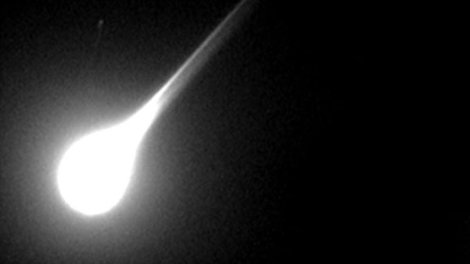
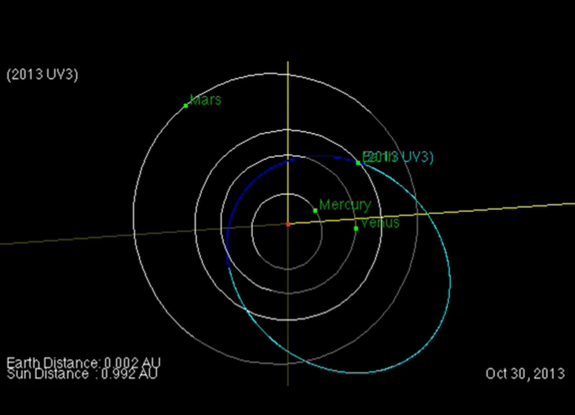



Comment: Given the current state of the world, humans voting on pooling resources to deflect asteroids is like ants voting to prevent the boulders rolling down the hill from hitting their colony. And these UN diplomats might even realise this on some level. They can say all the things they want, vote endlessly on measures everyone should take, but at this point it's far too late. Practical, physical technologies should have already been developed, tested and worked out.
But no! Instead they had wars to fight and money to make... to hell with protecting and advancing the welfare of mankind.